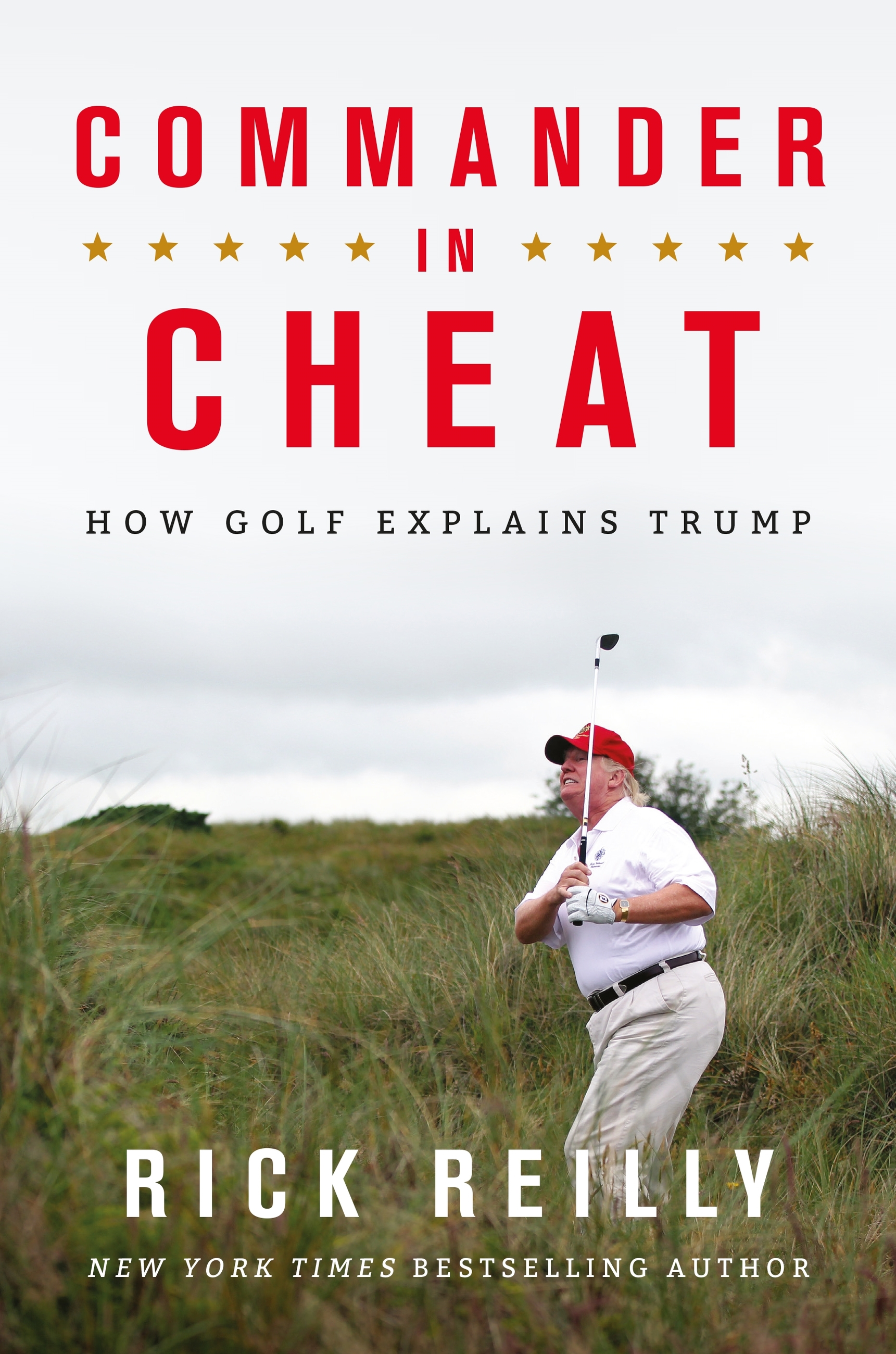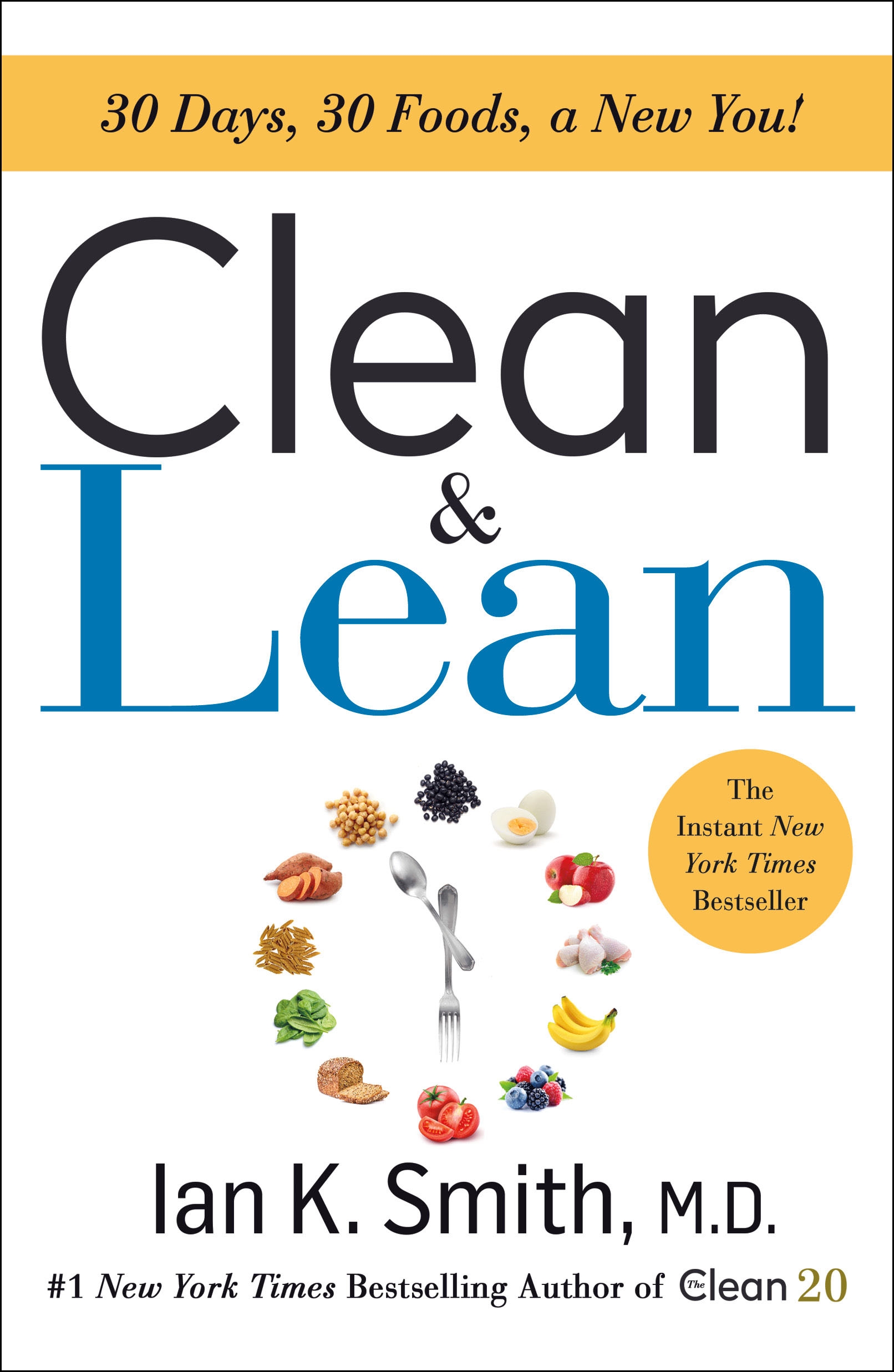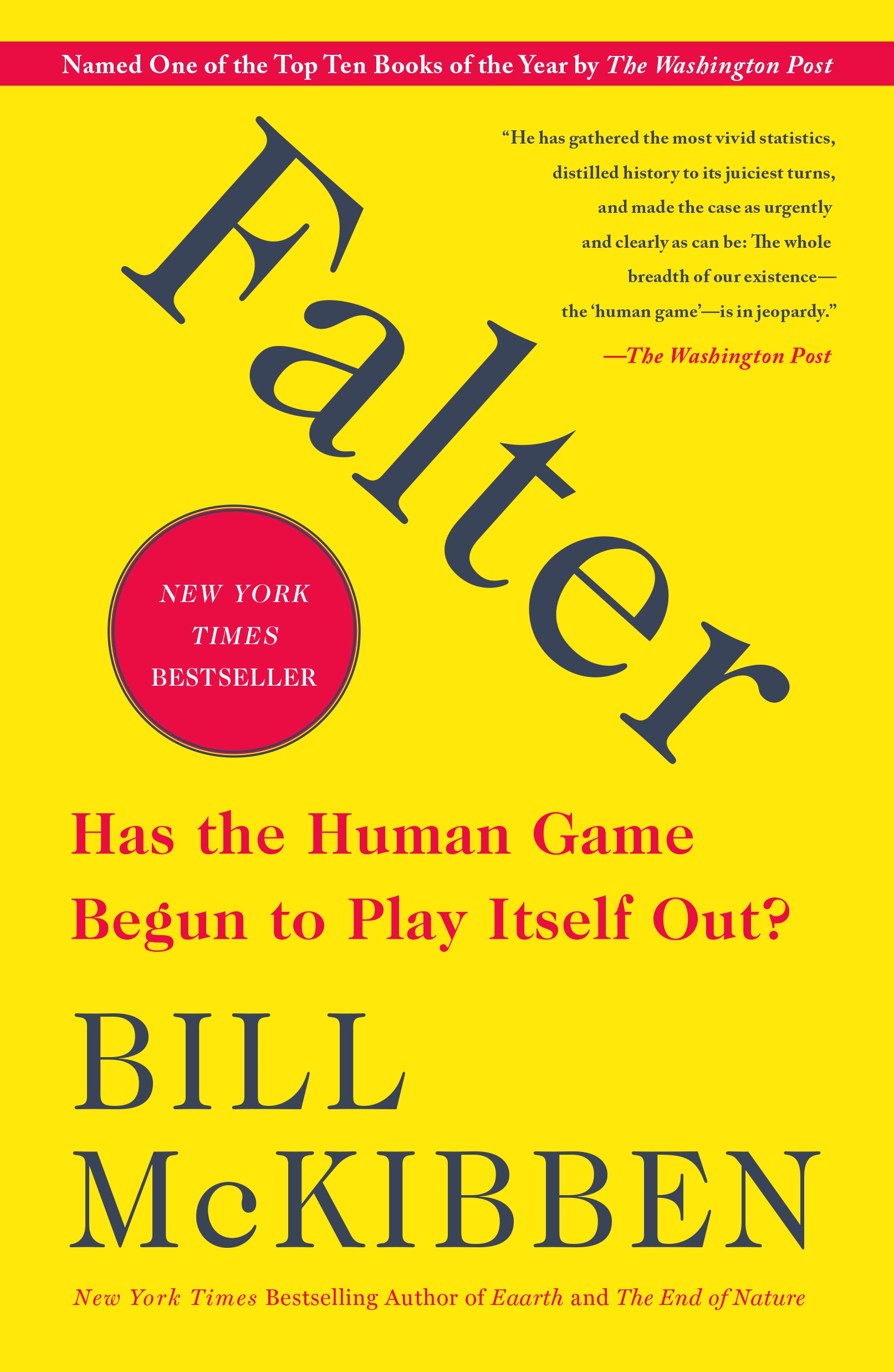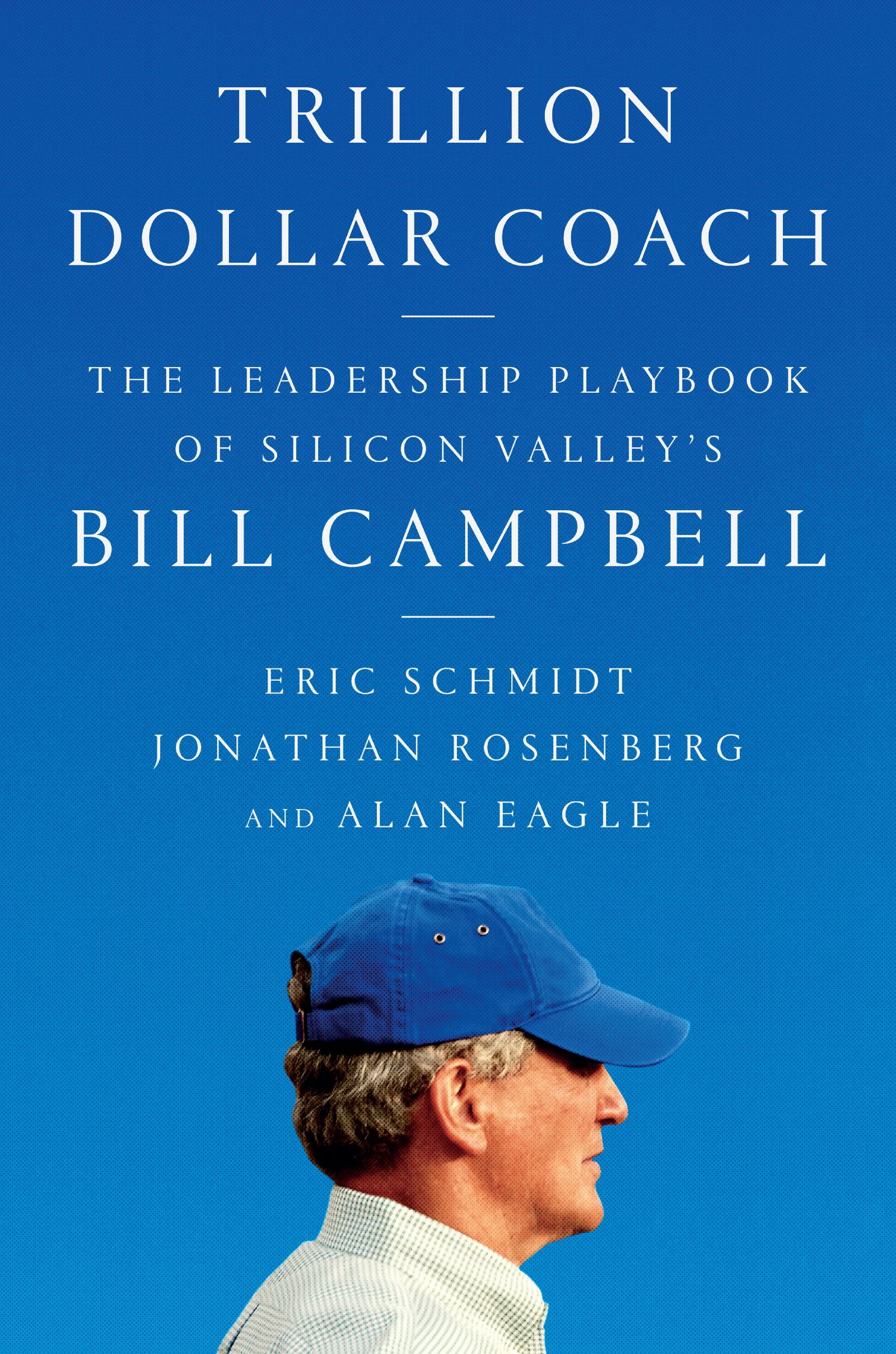Customs and Excise: Trade, Production, and Consumption in England 1640-1845
by William J. Ashworth
2020-11-24 21:43:39
Customs and Excise: Trade, Production, and Consumption in England 1640-1845
by William J. Ashworth
2020-11-24 21:43:39
Asis book traces the growth of customs and excise, and their integral role in shaping the framework of industrial England; including state power, technical advance, and the evolution of a consumer society. Central to this structure was the developme...
Read more
Asis book traces the growth of customs and excise, and their integral role in shaping the framework of industrial England; including state power, technical advance, and the evolution of a consumer society. Central to this structure was the development of two economies - one legal and oneillicit. If there was a unique English pathway of industrialization, it was less a distinct entrepreneurial and techno-centric culture, than one predominantly defined within an institutional framework spearheaded by the excise and a wall of tariffs. This process reached its peak by the end of the1770s. The structure then quickly started to crumble under the weight of the fiscal-military state, and Pitt''s calculated policy of concentrating industrial policy around cotton, potteries, and iron - at the expense of other taxed industries. The breakthrough of the new political economy was theerosion of the illicit economy; the smugglers'' free trade now became the state''s most powerful weapon in the war against non-legal trade. If at the beginning of the period covered by this book state administration was predominantly deregulated and industry regulated, by the close the reverse wasthe case.
Less






























